
MONTREAL — Canadian National is building 17 miles of double track on its busy Edson Subdivision west of Edmonton, Alberta, the stretch of main line that leads to the railway’s routes to Vancouver and Prince Rupert, British Columbia.
“The double‑tracking project is expected to increase capacity on the Edson Subdivision by 25%, allowing for more efficient movement of rail traffic through this key link between the Prairies and the West Coast of Canada,” CN said in its 2025-26 Grain Plan, released last week.
The Edson Sub — which carried as many as 41 trains per day in June, according to data from RailState — spans the 234.2 miles between Edmonton and Jasper, Alberta.
The new sections of second main are being built between Edson and Hinton, Alberta. CN will add a 12-mile stretch of second main track between Galloway and Hargwen. Further west, CN will add 5 miles of second main, as well as a new double crossover, between Dalehurst and Pedley.
These sections are the Edson Sub’s most limiting single-track bottlenecks, CN says.
CN also will upgrade and signal a second main track in Edson Yard, allowing meets at track speed rather than at the current yard speed.
On the adjacent Albreda Subdivision, which stretches 132.3 miles from Jasper to Blue River, B.C., CN will realign and extend the 6,332-foot Albreda, B.C., siding by 7,000 feet.
The projects are expected to enter service by the end of the year.
In Vancouver, CN is extending six tracks in Thornton Yard’s B Yard in the first phase of a larger capacity project.
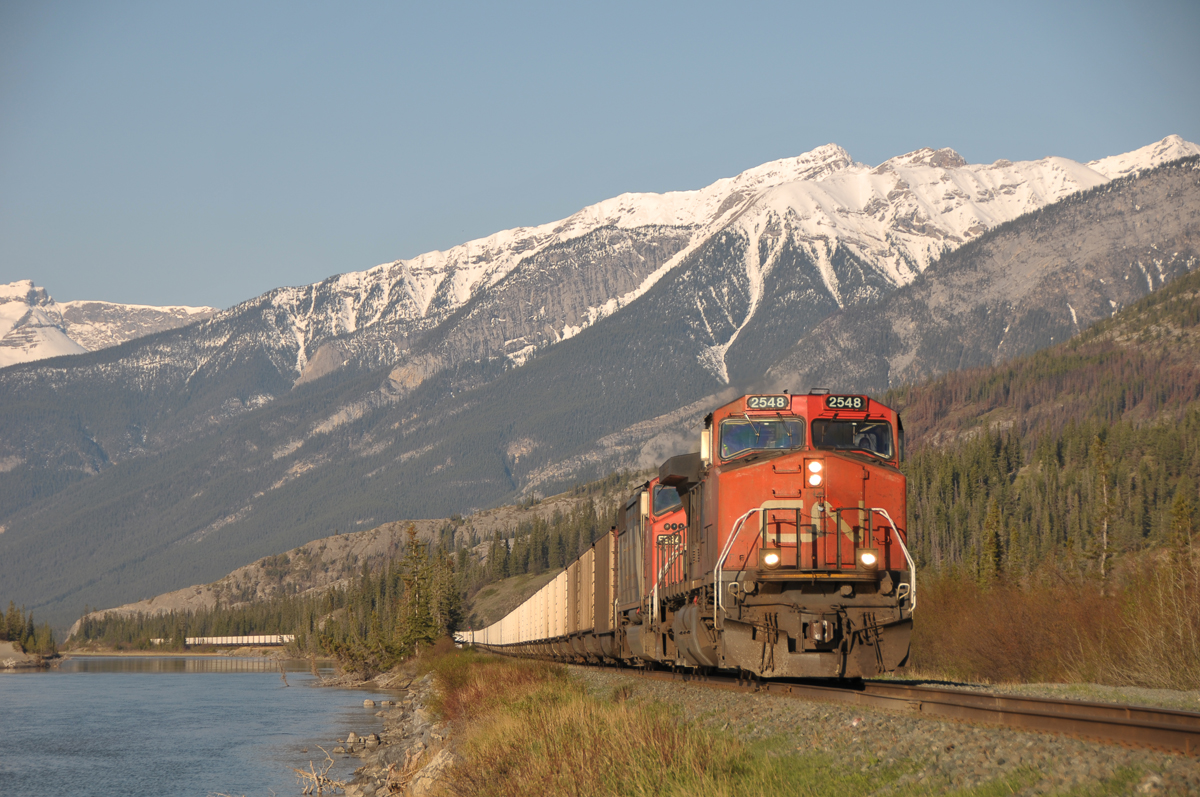
“CN expects significant growth in Western Canadian rail traffic volumes over the next decade. Besides the growth expected in grain production from anticipated yield gains, other rail traffic segments such as potash, propane, intermodal, forest products and others are expected to increase in volume,” the Grain Plan says. “CN is focused on long‑term investments in rail infrastructure that create capacity, especially in the Edmonton‑to‑Prince Rupert and Edmonton‑to‑Vancouver corridors.”
CN also has made operational changes to smooth traffic flows in its busiest corridors.
Three years ago, CN began using scheduled slots for bulk unit trains that carry grain, coal, and potash on its routes to the Pacific. CN also established five staging locations between Edmonton and Jasper.
“These staging locations help position grain trains to take full advantage of opportunities in high‑traffic areas, ensuring efficient use of train slots. This operational strategy has proven effective and remains a key component of our approach moving forward,” CN said. “Capacity enhancement on the Edson Subdivision through double‑tracking projects this year means the ability to slot bulk trains should be improved.”
In addition, CN is changing the way it distributes empty grain hopper cars. Instead of distributing cars from major rail hubs in the Prairies, CN will distribute cars as they depart Vancouver.
CN’s Scheduled Grain Service program relies on a hub-and-spoke model, where loads are gathered at major terminals in Winnipeg, Manitoba; Melville and Saskatoon, Saskatchewan; plus Edmonton and Jasper.
“These major terminals allow CN to have a serving yard or consolidation point within a few hundred miles of all country elevators and grain processing facilities,” the Grain Plan says. “CN can run as many as 200+ loaded or empty grain cars back and forth from these serving hubs to port, allowing CN to maximize train loads and network capacity.”







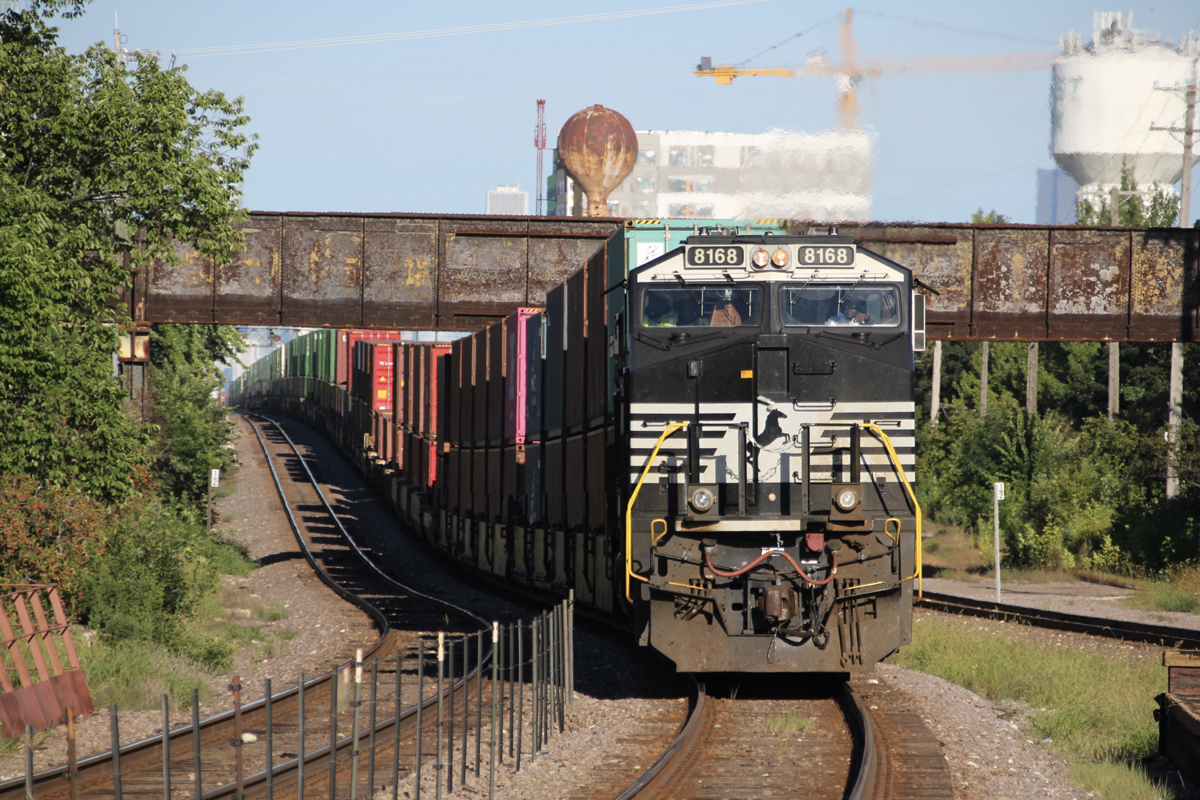
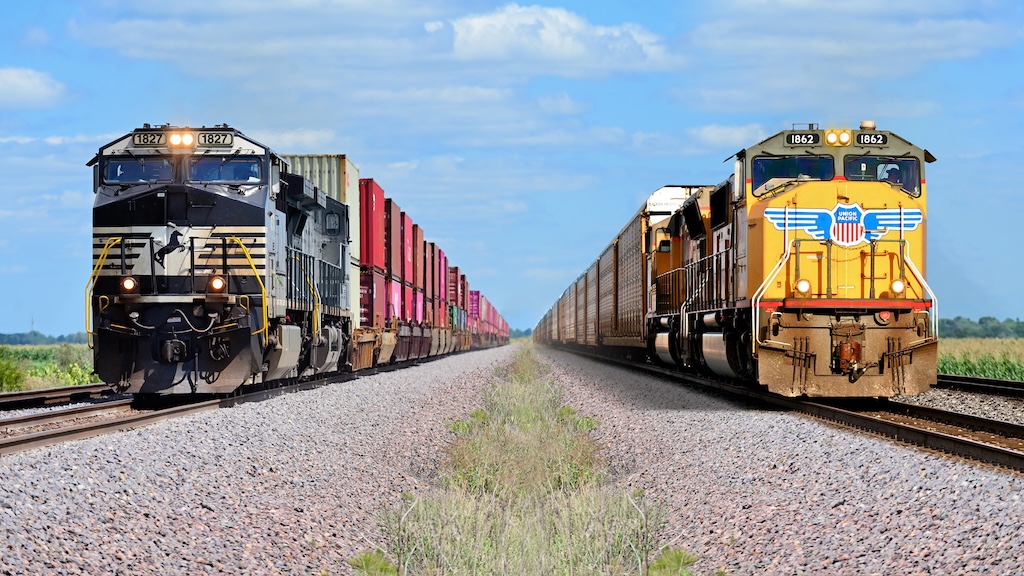
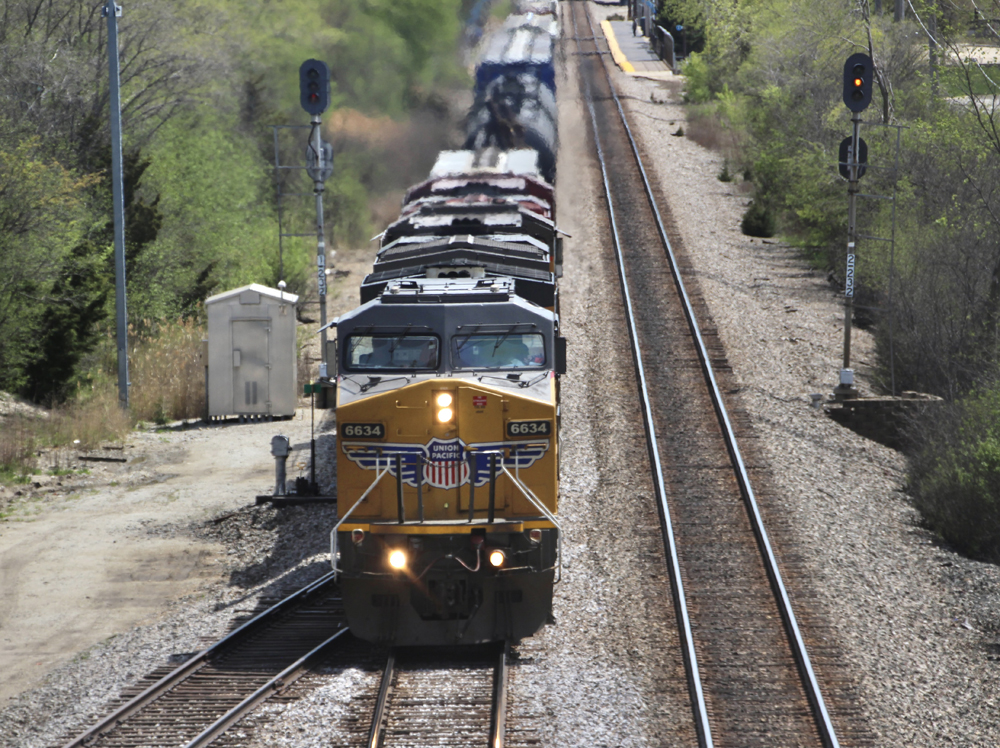
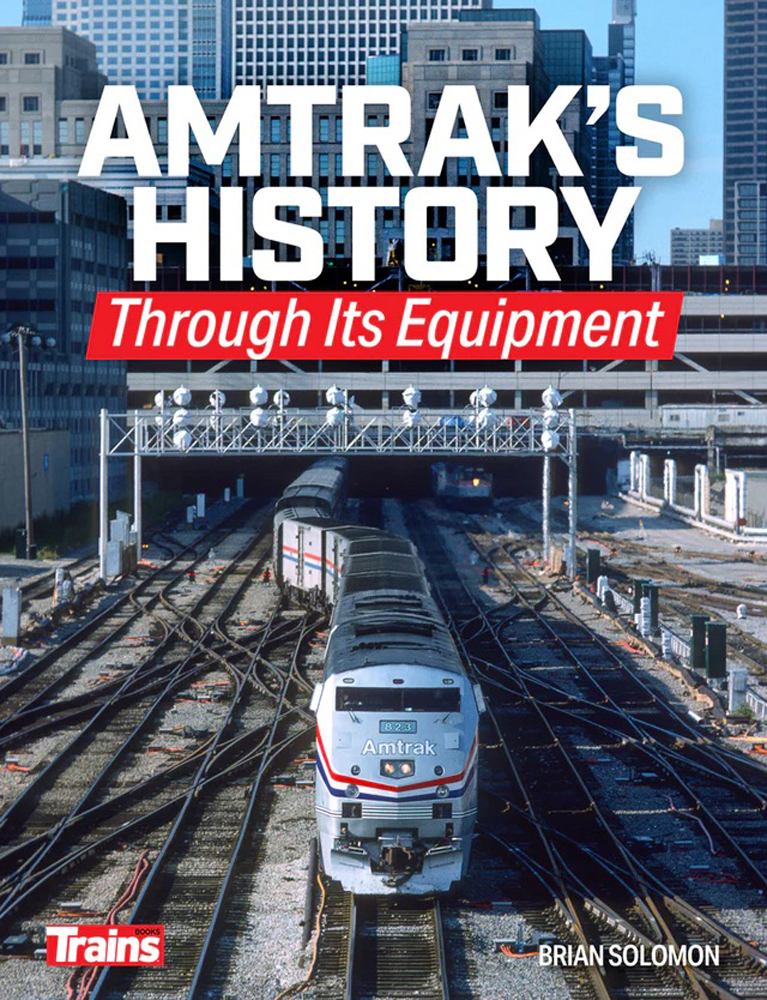
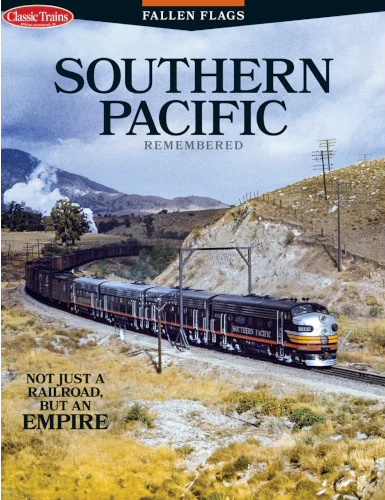
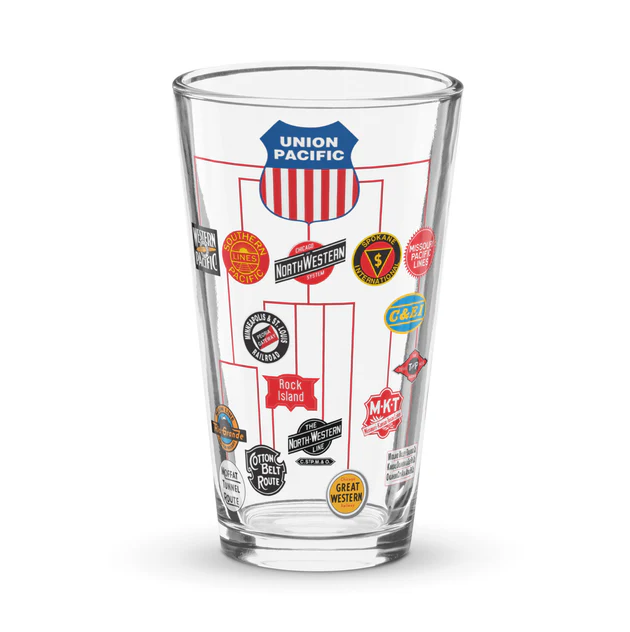
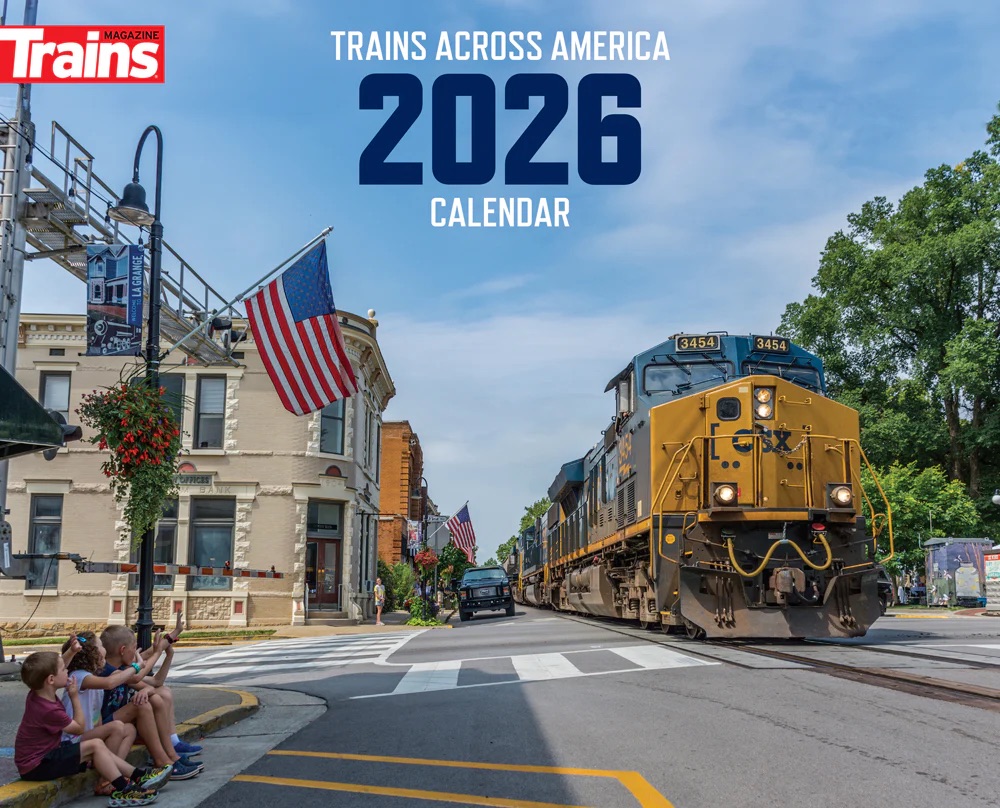
All that after “genius” Hunter Harrison ordered the removal of several miles of second main track on the Edson and Albreda subs. to save a few pennies, CN will now spend millions to restore or add some 2nd main track because the line is choking under too much traffic.
Who’d have thought?
41 trains a day and problems cured with 17 miles of double track ? I doubt it.
I am aware of that it is not a priority for CN. But I hope these improvements help also VIA Rails Canadian to stay close to its schedule.